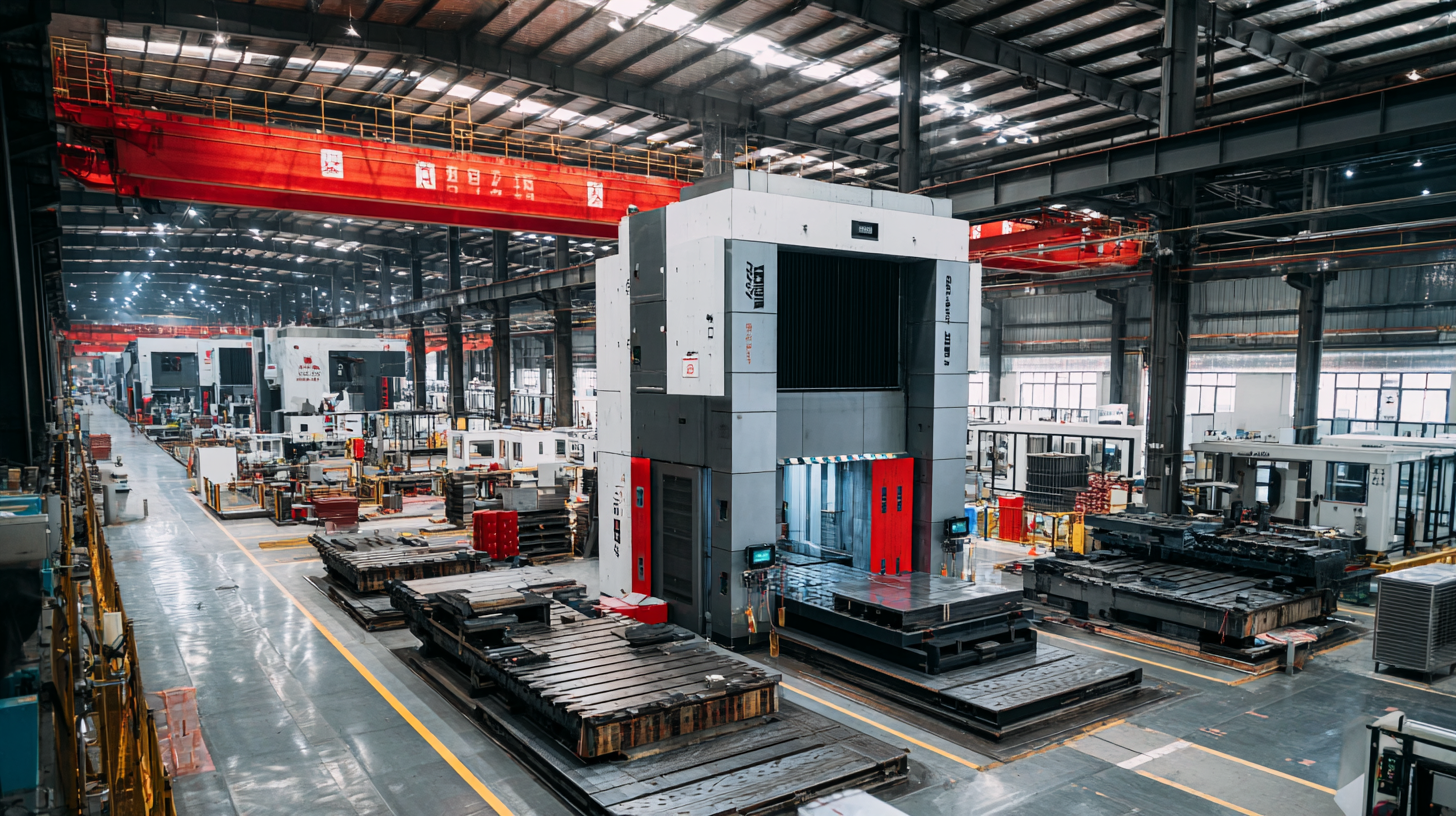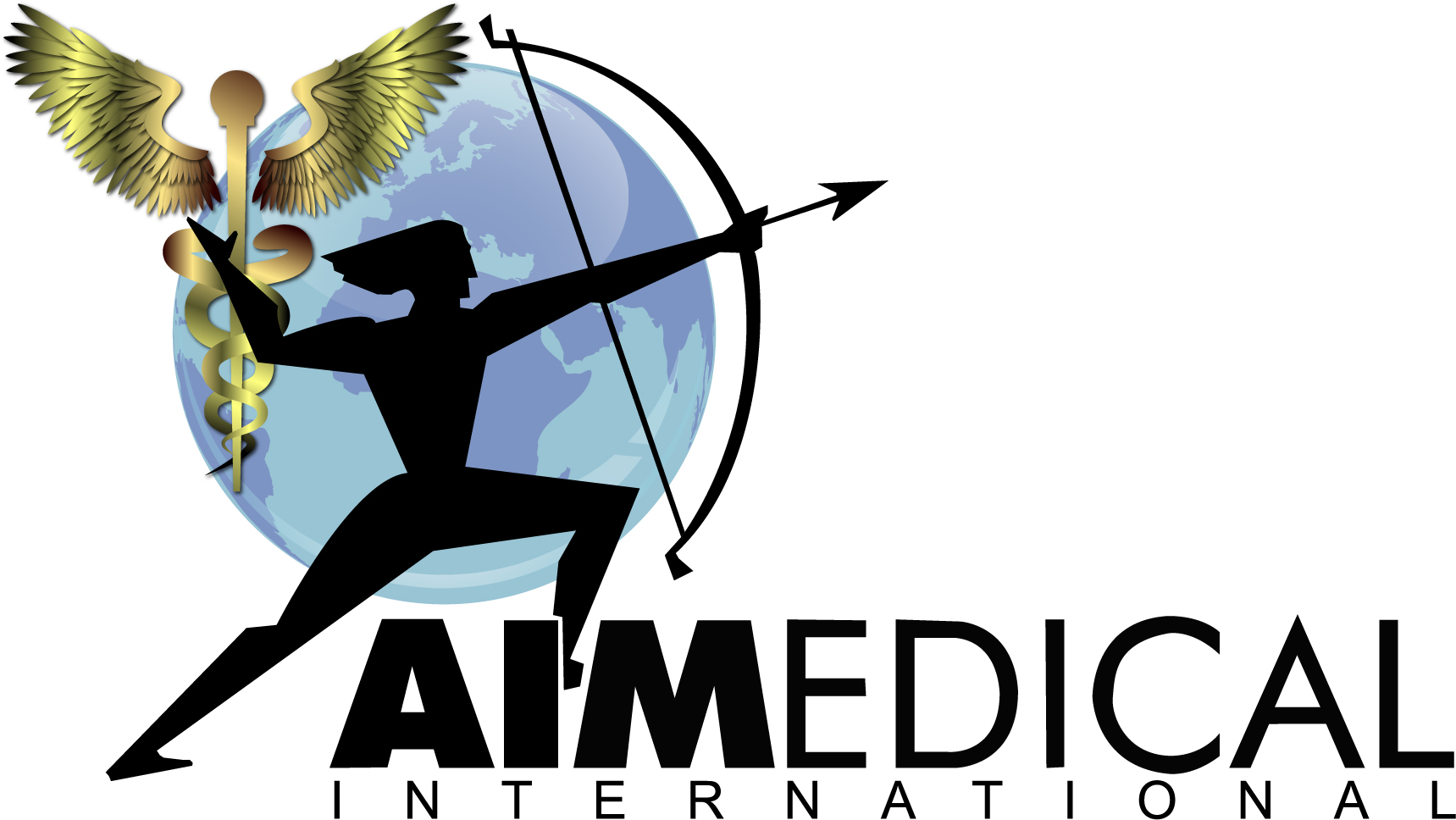Addressing Common Issues in Tms Machine Production Standards for Optimal Results
In today's rapidly evolving manufacturing landscape, the quest for optimal production efficiency is paramount, particularly in the realm of Tms Machine technology. Data from a recent industry report by the International Machine Standards Association reveals that manufacturers utilizing advanced Tms Machine methodologies report a 30% increase in production efficiency and a 25% reduction in operational costs compared to traditional methods. However, despite these promising statistics, common challenges—such as inconsistent production standards and equipment malfunctions—can hinder the full realization of these benefits. Addressing these issues is crucial for industries relying on Tms Machines, particularly in sectors like automotive and aerospace, where precision and reliability are key. By exploring real-world case studies and identifying prevalent problems associated with Tms Machine production, we can pave the way for more consistent quality and enhanced operational outcomes.

Current Challenges in TMS Machine Production Standards: An Overview
In the landscape of TMS (Transcranial Magnetic Stimulation) machine production, several challenges persist that affect output quality and adherence to industry standards. According to a recent report from Market Research Future, the TMS device market is projected to grow significantly, with a CAGR of 7.9% from 2022 to 2030. However, common issues such as variability in manufacturing processes, calibration inconsistencies, and compliance with regulatory standards remain critical hurdles. Companies must implement robust quality control measures to navigate these challenges effectively.
Tip: Regular audits of manufacturing protocols can uncover discrepancies in production processes, enabling firms to standardize operations and reduce errors. Additionally, fostering collaboration between engineering and quality assurance teams can lead to enhanced calibration procedures, ensuring machines operate at peak efficiency.
Moreover, the integration of advanced technology in TMS machine production has introduced another layer of complexity. With rapid advancements, manufacturers must stay abreast of emerging techniques, such as automation and AI-driven diagnostics, which can enhance precision and reduce human error. As highlighted by a recent Deloitte report, companies that embrace innovation in manufacturing processes can achieve a productivity increase of up to 30%.
Tip: Investing in continuous training for staff on new technologies will ensure your team remains proficient and capable of managing modern TMS production challenges, ultimately leading to optimal results.
Addressing Common Issues in Tms Machine Production Standards for Optimal Results
| Issue | Description | Impact | Proposed Solution |
|---|---|---|---|
| Inconsistent Quality Standards | Variations in production standards leading to defects. | Increased waste and customer dissatisfaction. | Implement standardized training and quality checks. |
| Outdated Machinery | Old machines failing to meet current production demands. | Reduced efficiency and higher operational costs. | Invest in upgrading machinery to latest technology. |
| Skill Gaps in Workforce | Employees lacking the necessary technical skills. | Lower productivity and higher error rates. | Provide regular training and workshops for staff. |
| Supply Chain Disruptions | Delays in raw material deliveries affecting production. | Halted production lines and missed deadlines. | Diversify suppliers and maintain safety stock. |
| Poor Communication | Lack of clear communication between teams. | Confusion and delays in production processes. | Establish regular inter-departmental meetings. |
Key Factors Influencing Market Growth in TMS Technologies by 2025
 The market for TMS technologies is on the brink of substantial growth, especially as we approach 2025. With the global neurostimulation devices market projected to reach approximately $14,915.4 million by 2025, it’s critical to recognize the key factors driving this growth. Neuromodulation methods, including transcranial magnetic stimulation (TMS), are increasingly in demand due to their effectiveness in treating various mental health conditions, such as anxiety disorders. The TMS market alone is anticipated to grow from $156.43 million in 2025 to $388.14 million by 2033, demonstrating a clear upward trend.
The market for TMS technologies is on the brink of substantial growth, especially as we approach 2025. With the global neurostimulation devices market projected to reach approximately $14,915.4 million by 2025, it’s critical to recognize the key factors driving this growth. Neuromodulation methods, including transcranial magnetic stimulation (TMS), are increasingly in demand due to their effectiveness in treating various mental health conditions, such as anxiety disorders. The TMS market alone is anticipated to grow from $156.43 million in 2025 to $388.14 million by 2033, demonstrating a clear upward trend.
When considering market dynamics, it’s crucial to keep an eye on technological advancements and regulatory changes that could impact TMS product standards. Investing in R&D will be pivotal for companies looking to innovate and meet the growing demands of consumers.
Tips: Ensure compliance with production standards and enhance product quality to stand out in this competitive market. Additionally, leverage partnerships with healthcare providers to improve product awareness and drive adoption among patients. Keeping abreast of market trends can provide insights into potential opportunities and challenges in the evolving landscape of TMS technologies.
Innovations Shaping the Future of TMS Machine Production Standards
In the rapidly evolving world of technology, TMS (Total Management System) machine production standards are experiencing significant innovations that are set to transform the industry. One of the most promising advancements is the integration of artificial intelligence and machine learning into production processes. These technologies not only enhance efficiency but also significantly reduce the margin of error, leading to higher-quality outputs. By analyzing real-time data, TMS machines can adapt to varying production demands and streamline operations, promoting optimal results across the board.

Furthermore, the incorporation of IoT (Internet of Things) is revolutionizing how TMS machines communicate and function within production environments. With interconnected devices, manufacturers can gain unparalleled insights into machine performance and maintenance needs. This proactive approach minimizes downtime and maintenance costs while boosting productivity. As these innovations continue to develop, the future of TMS machine production standards promises a landscape where precision, efficiency, and adaptability are the new norms, ultimately driving the industry toward greater sustainability and profitability.
Strategies for Enhancing Quality and Efficiency in TMS Manufacturing
In the rapidly evolving world of TMS (Transcranial Magnetic Stimulation) machine production, enhancing quality and efficiency is imperative to stay competitive. According to a recent report by the International Society for the Study of TMS, about 30% of manufacturers face challenges in meeting production standards due to inconsistency in component quality. Implementing stringent quality control measures can significantly mitigate this issue. Adopting a standardized supplier assessment process ensures that only high-quality components enter the production line, reducing the incidence of defects and increasing overall machine reliability.
Furthermore, optimizing manufacturing efficiency is critical. The same report indicates that production downtime accounts for up to 20% of operational costs in TMS manufacturing. By integrating lean manufacturing principles, such as value stream mapping and continuous improvement practices, companies can streamline their processes. Investing in automated technologies, guided by data analytics, allows for real-time monitoring and adjustments in production workflows, ultimately enhancing throughput and reducing waste. These strategic initiatives not only boost productivity but also align with the industry's commitment to delivering superior therapeutic devices.
Predicted Market Trends: TMS Solutions and Their Impact on Industry 4.0
The implementation of TMS (Transportation Management Systems) solutions is increasingly recognized as a critical component for companies aiming to embrace Industry 4.0 standards. As businesses seek to streamline their operations and enhance efficiency, the anticipated growth of the global logistics market—which is projected to reach approximately USD 643.2 billion by 2024, with a compound annual growth rate (CAGR) of 8.2%—underscores the importance of advanced technological integrations, such as TMS. These systems play a pivotal role in optimizing supply chain management, reducing operational costs, and improving customer satisfaction.
Moreover, recent analyses highlight a growing demand for sustainable practices within supply chains, aligning with broader market trends. The Global Sustainable Supply Chain Finance Market is expected to reach USD 7,735.58 million by 2034, indicating a CAGR of 8.15%. This trend is propelled by businesses aiming for greater transparency and accountability, which TMS solutions facilitate by providing real-time data and analytics. As the industry shifts towards more connected and responsive supply chains, embracing TMS technology will be essential for manufacturers to remain competitive and responsive to market dynamics.
